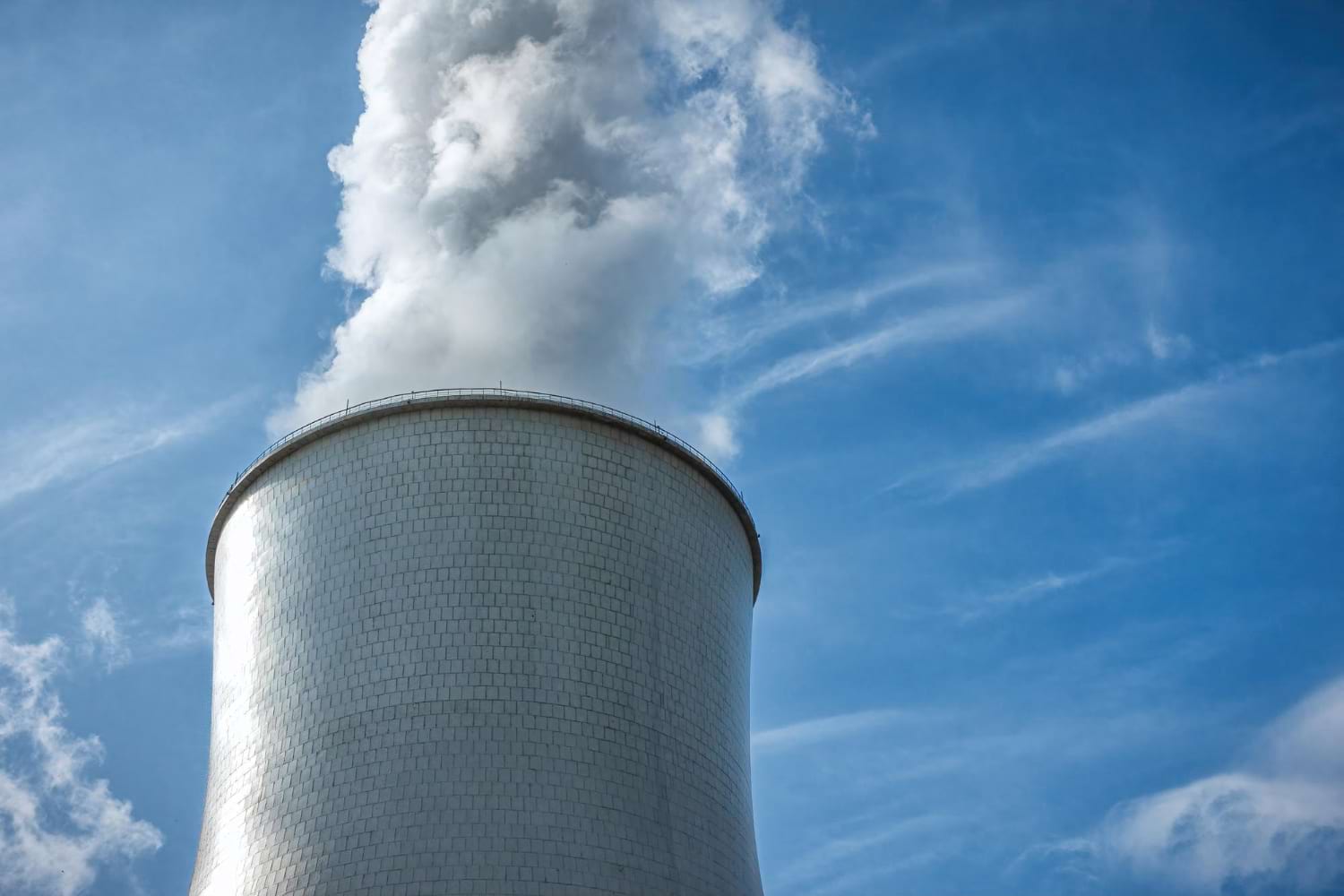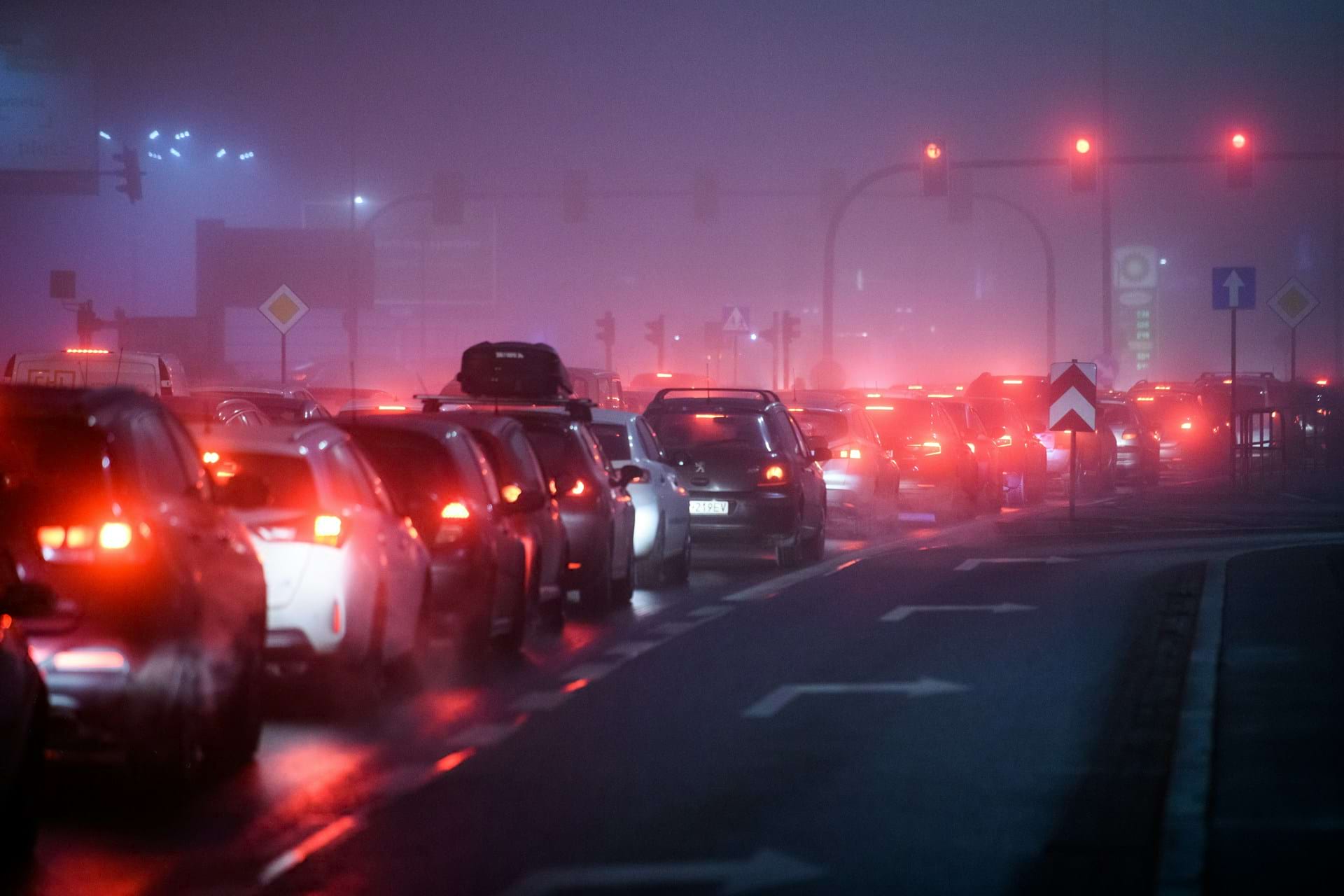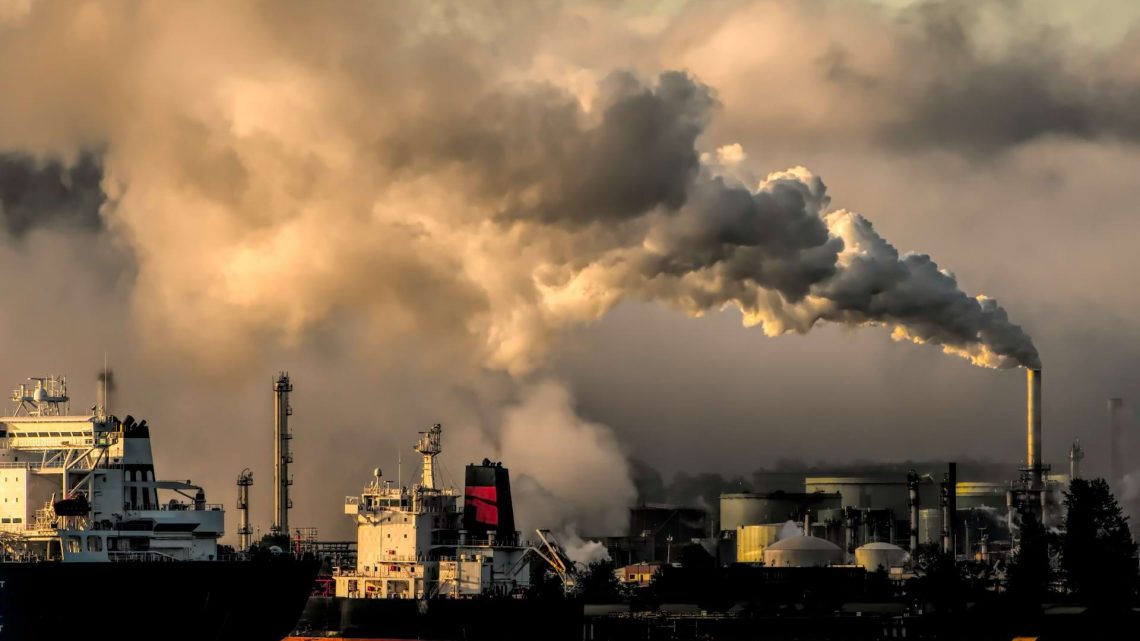The Impact on Air Quality: Future Effects of Air Pollution and How Contamination Will Affect the World
August 25, 2024Air pollution has long been a pressing environmental and public health issue, with its impacts becoming increasingly severe as industrialization and urbanization have accelerated across the globe.
The future effects of air pollution are a significant concern, as the contamination of our atmosphere poses dire consequences for both the environment and human health. This text will explore the various ways in which air pollution is expected to affect the world in the coming decades, examining the potential outcomes for ecosystems, human health, climate change, and global socio-economic stability.
Current State of Air Quality and Pollution
To understand the future impacts of air pollution, it is essential first to grasp the current state of air quality around the world. Air pollution results from a variety of sources, including industrial emissions, vehicle exhaust, agricultural activities, and the burning of fossil fuels. The most common pollutants include particulate matter (PM2.5 and PM10), nitrogen oxides (NOx), sulfur dioxide (SO2), carbon monoxide (CO), and volatile organic compounds (VOCs). Additionally, ground-level ozone (O3), which forms when NOx and VOCs react in the presence of sunlight, is a significant component of urban smog.
In many parts of the world, particularly in rapidly developing countries, air quality has deteriorated sharply. According to the World Health Organization (WHO), approximately 91% of the global population lives in areas where air quality exceeds WHO guideline limits. This widespread exposure to polluted air has severe health implications, contributing to millions of premature deaths each year due to respiratory and cardiovascular diseases.

The Future of Air Quality: Predicted Trends
As we look to the future, the outlook for air quality is concerning, particularly if current trends in industrial activity, urbanization, and energy consumption continue. Several key factors are expected to influence future air pollution levels:
- Population Growth and Urbanization: The global population is projected to increase significantly over the next few decades, with much of this growth occurring in urban areas. Urbanization typically leads to increased energy consumption, vehicle emissions, and industrial activities, all of which contribute to higher levels of air pollution.
- Industrialization in Developing Countries: As developing nations continue to industrialize, there is likely to be a rise in air pollution unless stringent regulations and cleaner technologies are implemented. Countries such as India and China, which have already experienced severe air quality issues, may see further degradation in the absence of effective pollution control measures.
- Climate Change: Climate change is expected to exacerbate air pollution in several ways. Rising temperatures can increase the formation of ground-level ozone, while more frequent and intense wildfires (driven by climate change) can lead to higher levels of particulate matter in the atmosphere. Additionally, changes in weather patterns could alter the dispersion and concentration of pollutants.
- Energy Production and Consumption: The continued reliance on fossil fuels for energy production is a significant source of air pollution. Although there is a global push towards renewable energy, the transition is slow, and many regions still depend heavily on coal, oil, and natural gas. Without a rapid shift to cleaner energy sources, air pollution levels are likely to remain high or even increase.

Air quality is a critical factor that influences the health of both the environment and human populations. The impact on air quality stems from a variety of sources, including industrial activities, transportation, agriculture, and natural events. The deterioration of air quality has become a pressing global issue due to its far-reaching consequences on public health, ecosystems, and the climate.
One of the primary contributors to poor air quality is the emission of pollutants from industrial activities. Factories and power plants release large quantities of harmful substances into the atmosphere, such as sulfur dioxide (SO2), nitrogen oxides (NOx), and particulate matter (PM). These pollutants can cause respiratory problems, cardiovascular diseases, and aggravate existing health conditions, particularly in vulnerable populations like children and the elderly.
Author Profile
Latest entries
 LogisticsJune 28, 2025SkyCell: Revolutionising Pharmaceutical Logistics with the 1500X Hybrid Container
LogisticsJune 28, 2025SkyCell: Revolutionising Pharmaceutical Logistics with the 1500X Hybrid Container TechnologyJune 22, 2025The Strategic Importance of Technical Documentation
TechnologyJune 22, 2025The Strategic Importance of Technical Documentation Home Improvement & DecorApril 29, 2025Guida alla riparazione delle tapparelle: un’arte che ogni casa dovrebbe conoscere
Home Improvement & DecorApril 29, 2025Guida alla riparazione delle tapparelle: un’arte che ogni casa dovrebbe conoscere HomeApril 29, 2025The Advantages of High-Quality Window Profiles
HomeApril 29, 2025The Advantages of High-Quality Window Profiles



